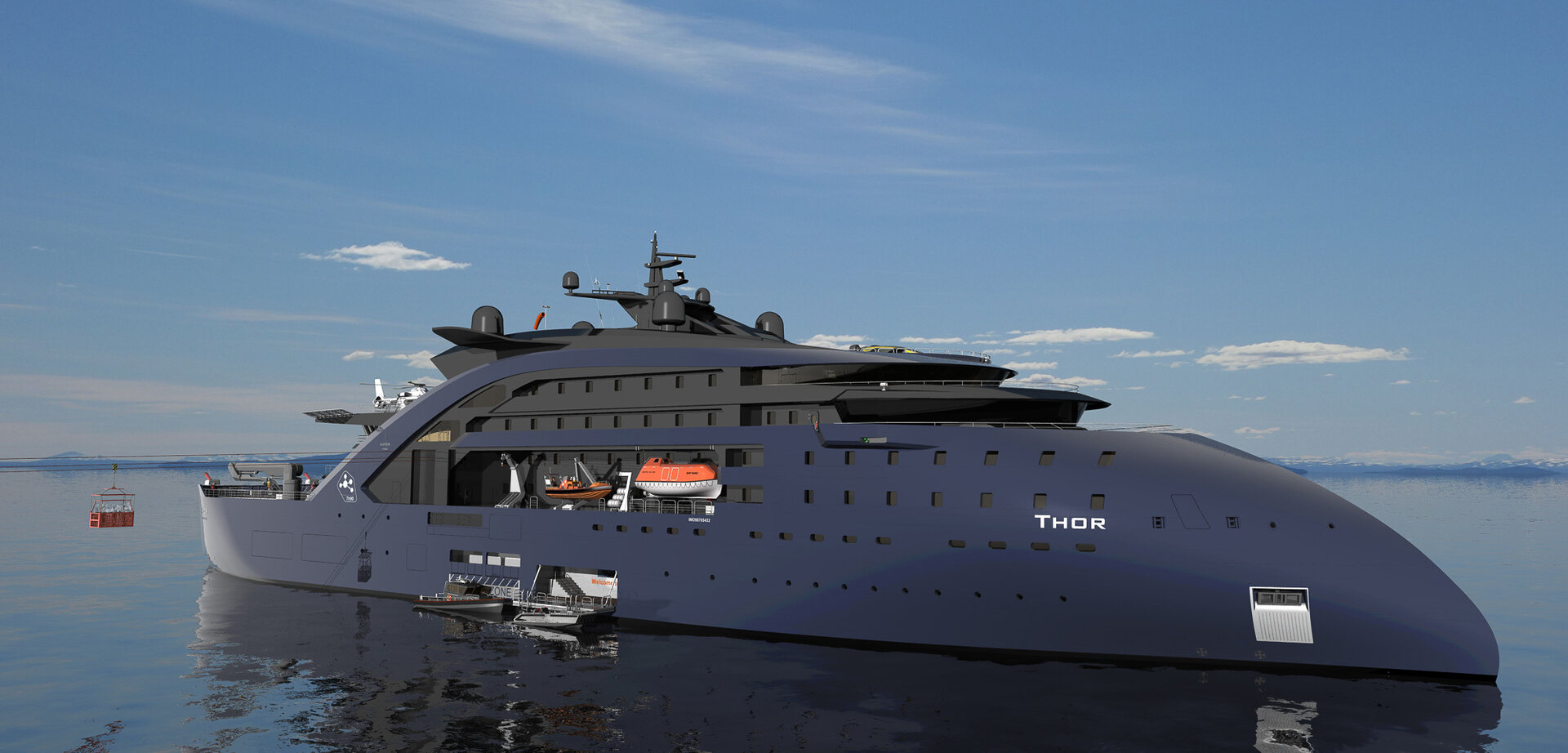Chewang Norphel: The “Ice Man” Who Transformed Ladakh’s Water Crisis
Chewang Norphel, known as the “Ice Man of Ladakh,” is a visionary engineer bringing hope to the arid landscapes of the Himalayas. Recognizing the severe impact of climate change on the region’s water resources, Norphel devised an ingenious solution: artificial glaciers. In doing so, he has not only preserved countless livelihoods but also inspired a new generation of inventors.
“I remember as a kid, it used to snow a lot, almost as high as my knees,” says Dolkar, a 58-year-old potato farmer from Thiksey village in Ladakh, in the northern Indian Himalayas. “But now, it doesn’t rain or snow as much.”
Dwindling Snowfall and Melting Glaciers: A Himalayan Challenge
The Himalayas contain 55,000 glaciers, covering 3 million hectares, making them the largest ice bodies outside the poles. Yet climate change poses severe risks to this ecosystem, threatening water supplies for 1.5 billion people and impacting 129 million farmers who rely on glacial meltwater. Ladakh, in northern India, illustrates this challenge, as 80% of its farmers depend on glaciers for irrigation. With declining snowfall and shrinking glaciers over the past 30 years, water shortages are intensifying. However, in Dolkar’s village, a local engineer is addressing this crisis with innovative methods.
“The main glacier starts giving water only in the month of June,” says Norphel. “We can’t make water, so our only option is to use the sources available to us.”
Norphel says the idea to use glacier water as a resource came to him where he least expected: a garden tap behind his house. “We keep the taps running in winter to keep the water flowing,” he says. “Otherwise, the water freezes in pipes and risks bursting.”
Crafting Artificial Glaciers to Sustain Ladakh’s Farmers
Typically, this water simply drains away. Norphel noticed a thin layer of ice forming beneath one of his taps, where water had collected in a shaded spot, safe from direct sunlight. This observation led him to a powerful idea: by capturing and freezing this unused water, he could create an artificial glacier to support his entire village.
By diverting winter streams into strategically located valleys, Norphel creates massive ice formations that slowly melt during the warmer months. These artificial glaciers provide a reliable source of water for irrigation, drinking, and other essential needs, ensuring the survival of local communities.
Experts consider artificial glaciers a powerful water management solution. Although they won’t resolve the global glacier melting crisis, they can greatly assist communities that depend on glacier-fed water sources.







